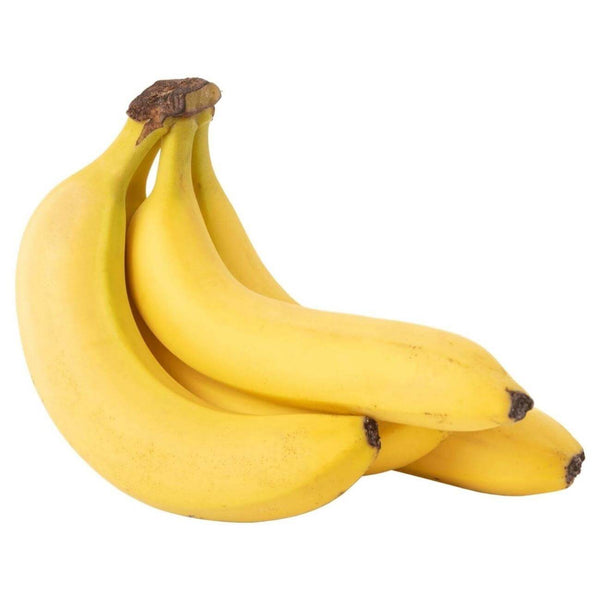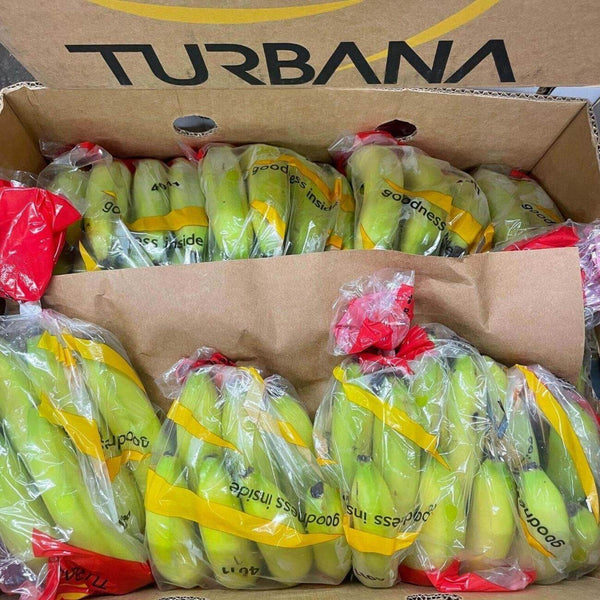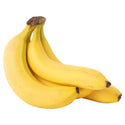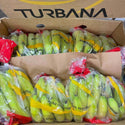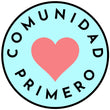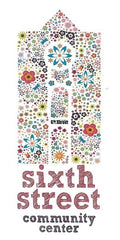- ~40 lbs
- Banana aka "Xiang-Jiao", "Ya-Jiao", "香蕉", "芽蕉"
- Banana is a curved yellow dessert fruit with thick skin and pastel yellow flesh. As the banana ripens, the skin color turns from green to bright yellow. The flesh is creamy and sweet and is usually eaten raw, cut for salad, or baked when ripe. Banana is available year-round.
Handling Tip
Selection
- For immediate use, choose the banana with vibrant, bright-yellow color with little to no green at the end. Some light brown speckling is fine and actually indicates ripeness and sweetness. The fruit is plump with a pleasing aroma.
- For later use, choose the bright-yellow banana with more green towards the ends. The fruit is firm and plump.
- Avoid bananas with damaged skin.
Storage
- Green bananas should be stored at 56ºF - 58ºF (13ºC - 14ºC) with a relative humidity of ninety to ninety-five percent and no mist.
- Ripe bananas should be kept to a minimum.
- The typical shelf life is three to seven days.
- A mature green banana is sensitive to ethylene, a naturally occurring gas that regulates ripening. Mature green bananas should not be stored with high ethylene-producing products to extend shelf life and avoid over-ripening. Green banana produces a low level of ethylene. As the banana ripens, the ethylene level increases to a moderate level and becomes less sensitive to ethylene.
- Banana is sensitive to chilling injury after a few hours to a few days at storage below 56ºF (13ºC) depending on maturity, condition of the fruit, and duration of exposure. Symptoms include brown or black streaks in a longitudinal cut on ripe fruit, failure to ripen, dark brown to black peel, and flesh turning brown and developing an off-taste. The chilling injury may not become apparent until eighteen to twenty-four hours after actual damage has occurred.
Nutrition Fact
Serving Size 1 medium banana (126g)
Amount Per Serving % Daily Value*
Calories 110
Calories from Fat 0
Total Fat 0g ........................................................................................... 0%
Saturated Fat 0g .......................................................................... 0%
Trans Fat 0g .................................................................................. 0%
Cholesterol 0mg .................................................................................. 0%
Sodium 0mg .......................................................................................... 0%
Total Carbohydrate 30g ................................................................... 10%
Dietary Fiber 3g .......................................................................... 12%
Sugar 19g
Protein 1g
Vitamin A .................................................................................................... 2%
Vitamin C .................................................................................................. 15%
Calcium ....................................................................................................... 0%
Iron ............................................................................................................... 2%
Potassium .................................................................................................. 13%
*The % Daily Value (DV) tells you how much a nutrient in a serving of food contributes to a daily diet 2,000 calories a day is used for general nutrition advice.
*Based on information published by FDA
Recommended for the BANANA (PREORDER)
Product Title
Vendor
$19.99 | $24.99
Product Title
Vendor
$19.99 | $24.99
Product Title
Vendor
$19.99 | $24.99
Product Title
Vendor

